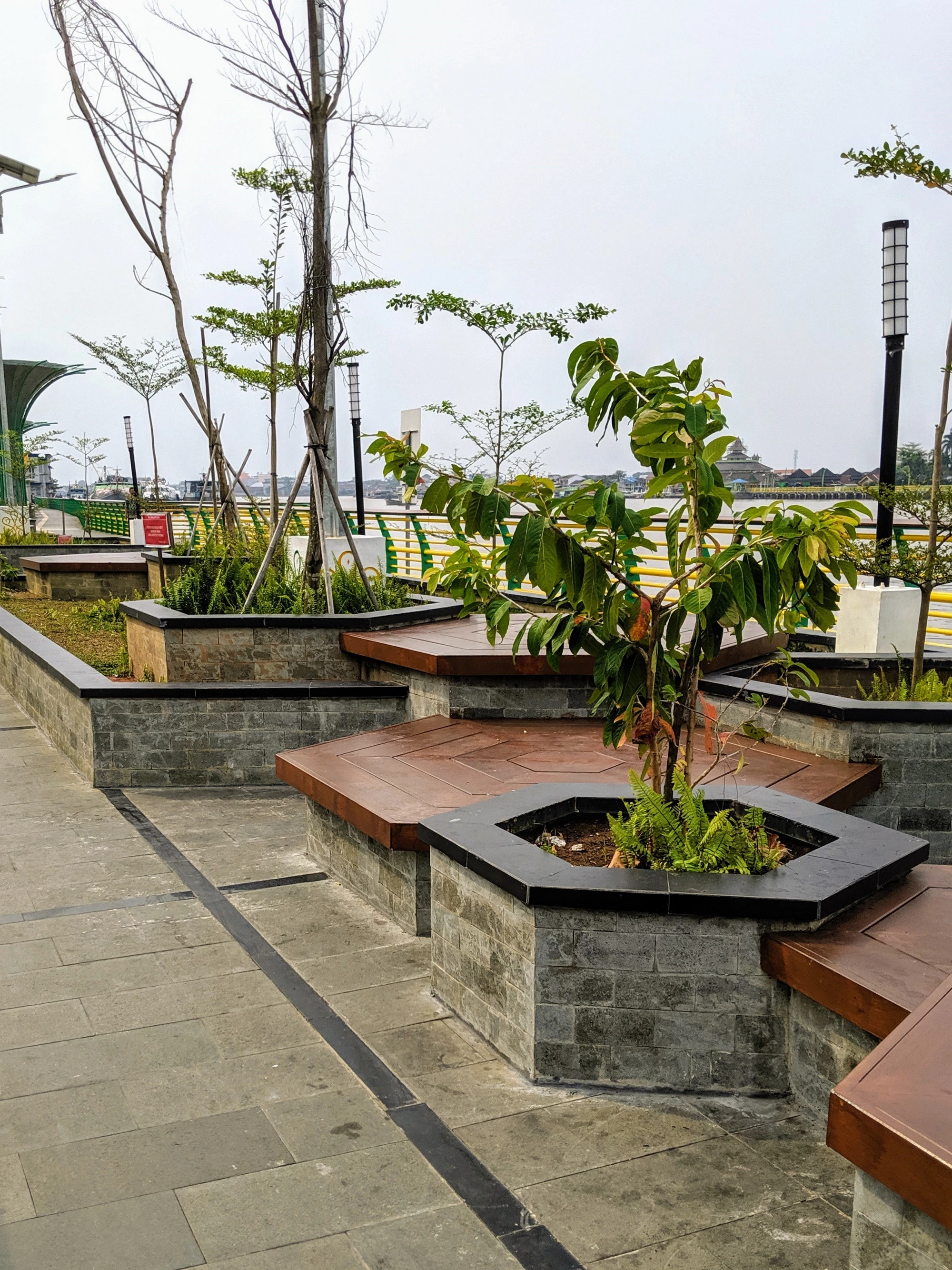People and vehicles stranded in floodwaters, inundated business premises, interrupted connectivity, and access to other services cut off. Does it need to become a new normal at the times of climatic changes in Indonesian growing cities? We don’t think so. New approaches can be employed to address flood risk through risk-informed urban design and innovative measures.
Over the past 20 years, floods have impacted the most people in Indonesia compared to any other disaster, causing significant damage and disrupting local and regional economies . In 2019 alone, floods in South Sulawesi, Papua and Bengkulu caused over 220 deaths, with damage and losses estimated at $128 million.
The poor and vulnerable bear the brunt of floods, often because they live in vulnerable areas and have limited assets to recover from flood events . In addition, poor‑quality infrastructure is often constructed in flood‑prone areas with inadequate consideration of risk‑informed planning and building codes.
Cities are particularly vulnerable to floods due to their high concentration of people and assets, as well as proximity to rivers and coasts . Heavy rains during the monsoon season, rising sea levels, accelerated levels of unregulated urban development, land-use changes and deforestation, and land subsidence, all contribute to increasing urban flood risk. The number of reported flood events in 92 Indonesian cities tripled from 50 in 2006, to 146 in 2017.
A recent World Bank analysis estimates that by 2055, the number of Indonesians exposed to river flood risk will increase by 75% when compared to 2015.
Cities have traditionally relied on public investments in engineered ‘grey’ flood protection measures, such as dykes, pumping stations and weirs, but contemporary impacts of urbanization and climate change call for new and innovative approaches:
- A nature-based and green solutions approach promoted by many cities globally. These approaches regard water (storm water, groundwater, and wastewater) as a resource that can be retained on a site, public space, or open space, for re-use or filtration. They help reduce the stress placed on a city’s drainage during intensive rainfalls and can have co‑benefits related to maintaining sustainable waterways and improving urban amenity. Common strategies can include permeable pavements, rain gardens, rainwater catchment tanks, detention ponds/basins, wetlands, swales, multi‑purpose reservoirs, and other green infrastructure solutions.
- Dedicated funding mechanisms (e.g., Singapore’s ABC Waters Programme – see below – and China’s Sponge Cities Program) finance priority investments in urban flood resilience, complemented by innovative funding options such as green bonds and land value capture. Financing ongoing operations and maintenance costs at the local level could be done through earmarking local services fees for flood risk mitigation and private sector participation.
- A balanced integration of structural measures such as dredging, channeling works, pumping stations, sluice gates, drainage systems, small-scale community-based works, and nature-based and green solutions; and nonstructural measures such as risk-informed land use planning, building guidelines, hazard mapping, hazard monitoring, forecasting, early warning systems, disaster risk financing, community awareness and education, and capacity building. The World Bank is already supporting such integrated projects in countries such as Lao PDR and the Philippines.
- Use of design “charrettes” or mini studios with stakeholders (including government, non-government/community organizations, and private citizens) that encourage participants to work on design options based on pre‑determined parameters—such as flood hazard maps, stormwater runoff calculations—and broad visions to create places that are liveable, inclusive, and sustainable. Following design charrettes at the 2nd Technical Deep Dive on Integrated Urban Flood Risk Management in Tokyo, a similar exercise was carried out with Indonesian government officials to develop localized and integrated urban flood resilience interventions on a selected urban site.
In July 2019, the Ministry of National Development Planning (Bappenas) convened a workshop, inviting central and local government officials from five cities (Ambon, Bima, Manado, Padang and Pontianak) to discuss the proposed national urban flood resilience program. Facilitated by the World Bank East Asia Pacific Disaster Risk Management (DRM) team and Tokyo DRM Hub, a “design charrette” also allowed participants to explore ways to incorporate nature-based and green solutions to reduce stormwater runoff. These included storm water harvesting solutions, constructed wetlands, green roofs, increasing the amount of permeable and infiltration surfaces, and incorporating recreational features (such as tiered seating and water “play” areas). Such solutions are already being implemented in cities such as Semarang, Medan and Pontianak (see below).
The government of Indonesia and the World Bank, with financial support from the Global Facility for Disaster Reduction and Recovery and the Indonesia Sustainable Urbanization Multi-Donor Trust Fund, will be working together to establish a national urban flood resilience program in line with the above considerations. The program will support select cities to strengthen their flood resilience holistically, integrating innovative nature-based and green solutions together with traditional grey infrastructure measures, and promoting gender-inclusive and disability-inclusive development.
An urban design approach to flood resilience is expected to result in many positive co-benefits across growing Indonesian cities. Indeed, living in greener, inclusive and more resilient cities will become the “new normal” for Indonesians in the future.
READ MORE:
- Report: Cities and Flooding: A Guide to Integrated Urban Flood Risk Management for the 21st Century
- Knowledge Note: The role of green infrastructure solutions in urban flood risk management
- Blog: Integrated urban flood risk management: Learning from the Japanese experience
- Blog: Using green infrastructure to control urban floods: a win-win for cities
- Blog: What if we could use nature to prevent disasters?






Join the Conversation